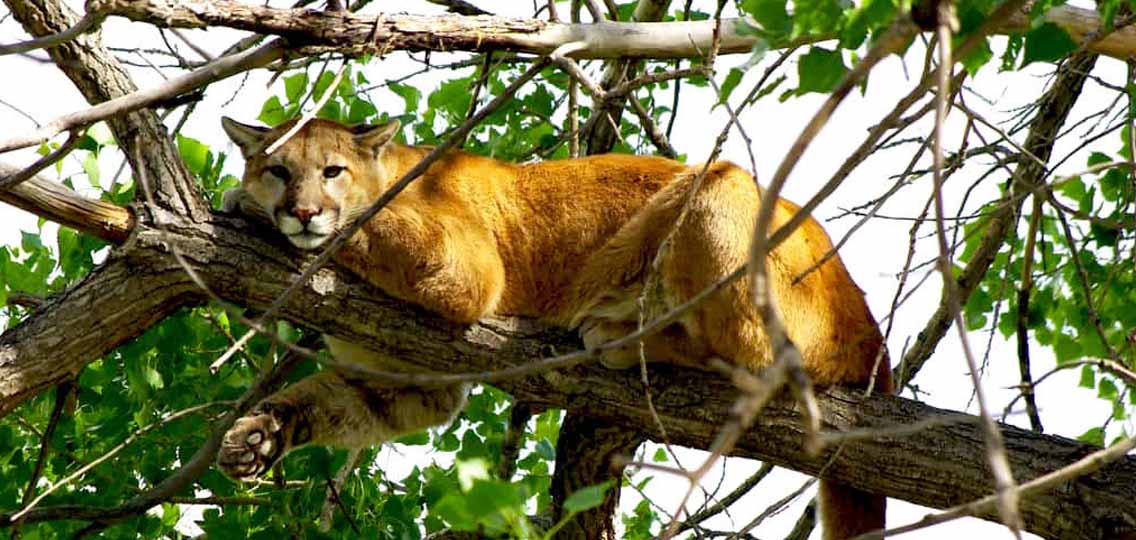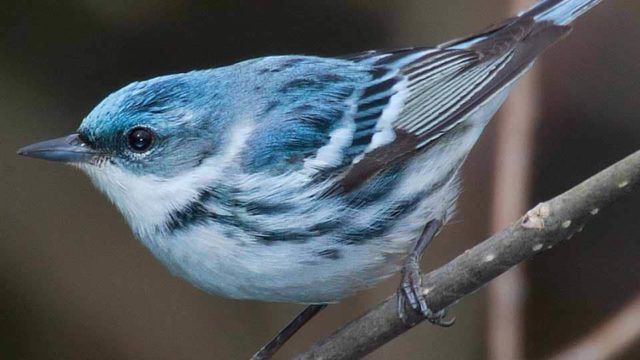In the fall of 2017, we teamed up with Animal Justice to take Ontario’s Minister of Natural Resources and Forestry to court over inaction on species protection. Our legal action aimed to ensure the Minister fulfilled her duty to prepare recovery strategies, and has resulted in a move towards greater transparency around efforts to protect species in Ontario. (Animal Justice Canada v. Minister of Natural Resources and Forestry.)
Ontario’s Endangered Species Act (ESA) is arguably the most progressive endangered species law in North America, but, we argued, it was not being implemented effectively.
In its preamble, the ESA recognizes the ecological, social, economic, cultural and intrinsic value of biological diversity and calls on the present generation of Ontarians to protect species at risk for future generations. And a primary purpose of the ESA is to protect at-risk species and their habitat, and promote species recovery.
Under section 11 of the Act, the Minister of Natural Resources and Forestry is required to issue recovery strategies within one year from the time of listing for endangered species, and within two years for threatened species. An endangered listing means that the species lives in the wild in Ontario but “is facing imminent extinction or extirpation”; a threatened species is “likely to become endangered” if protective actions are not taken.
As of August 2017, the Minister had delayed recovery strategies for 37 species — including the endangered mountain lion and a threatened fish known as the black redhorse, which were both listed prior to the current ESA becoming law in 2008.
Why did Ecojustice get involved?
Recovery strategies are paramount to species protection because they help guide government initiatives to ensure that healthy numbers of each species return to Ontario. Our suit was motivated by the fact that, from mammals to fish, birds and plants, approximately 40 species at risk had been left in the lurch because of delays in issuing their recovery strategies.
Fortunately, as a result of settlement negotiations between our client and the Ministry of Natural Resources and Forestry in May, 2018, the ministry agreed to begin sharing regular updates on the status of recovery strategies for 37 species at risk. These quarterly updates will be available to the public on Ontario.ca.
Thanks to this agreement, Ecojustice and Animal Justice can continue to hold the government accountable — and we will go back to court to ensure progress with the recovery strategies if we must.





